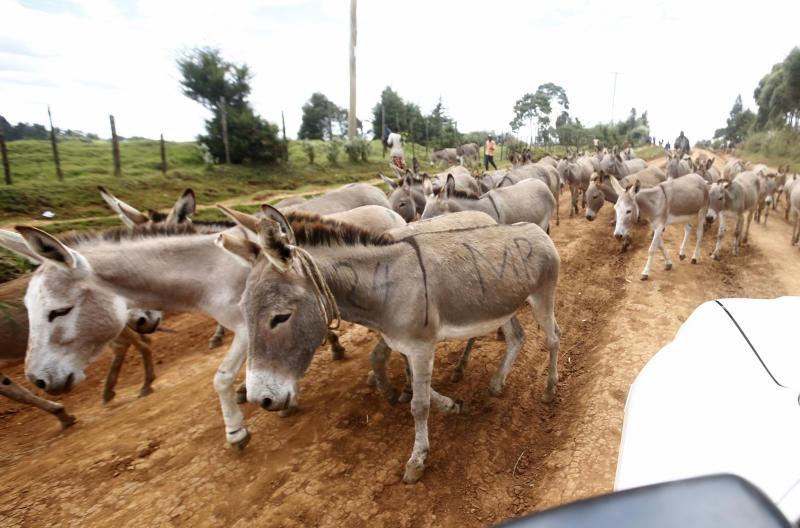×
The Standard e-Paper
Truth Without Fear

An animal welfare organisation has warned that unregulated cross-border movement of donkeys and poor hygiene in slaughterhouses increases the risk of the spread of diseases.
In a report released last month titled Under the Skin, the Donkey Sanctuary notes that donkeys are silent carriers of many diseases and often do not show signs of sickness.